MECHANICSVILLE, Va.—My earliest memories of Florida are vague.
I grew up in Louisiana, not terribly far from Florida on a global scale, but my home town of Shreveport in northwest Louisiana might as well been in a different universe from the Gulf Coast given the condition of the roads between the northern and southern parts of the state. Once you did get to south Louisiana—anywhere in the vicinity of I-10—Florida was little more than a stone’s throw away.
One year my family made it, though. We spent a few days camping at Grayton Beach State Park on the Gulf Coast in the Florida Panhandle. The main thing I remember is a pine tree that had been repeatedly knocked down by hurricanes, yet kept finding a way to reach again for the sky—its curved trunk had been bent and buried at least five times, yet each time it found a way to reach again for the sky.
I made another pass or two through the Florida Panhandle over the next 15 or so years—usually cutting through there as an out-of-the way change of scenery between Louisiana and Georgia, where my uncle’s family lived.
Throughout that time, though, the only thing about Florida that made much of an impression on me was that lone pine tree.

EVERGLADES NATIONAL PARK, Fla. — I don’t know if these are impenetrable, but I would hate to have to chase someone, or run from someone, through the palmetto-and-briar undergrowth of the pine islands like here in Long Pine Key. (David M. Lawrence)
That changed in 1990. I was working for Jean Chesson and her consulting company in Washington, D.C. Jean was always interested in new opportunities for work with her main client, the U.S. Environmental Protection Agency, and the agency had just launched its Ecological Monitoring and Assessment Program (EMAP).
The goal of EMAP was to monitor ecological status of ecosystems and trends in an effort to identify environmental problems before they reached crisis proportions. In an effort to identify promising phenomena to watch, the agency held a conference on ecological indicators in Fort Lauderdale, Florida, in October 1990.
Jean and I attended. She even arranged for us to arrive a day early so that I could go on a pre-conference tour of Everglades National Park.
I knew about the Everglades, intellectually at least. I am sure I had read enough books and had watched enough nature programs on television to have a visual image of what to expect. But the two-dimensional images—whether printed on paper or created by the flickering lights in a vacuum tube—were poor preparation for the impact the “River of Grass” had on me as I first saw it spread before my eyes on a muggy autumn day.
As part of the tour we saw alligators along the Anhinga Trail; walked through the palmetto scrub of the pine “islands that dot the park; viewed two alligators in a territorial tiff in a reconstructed wetland called Eco Pond; and took a boat ride on Florida Bay. To the south, I could see a series of low, mangrove-bounded islands: the Florida Keys.
I fell in love with the Everglades—with the environment of South Florida—that day.
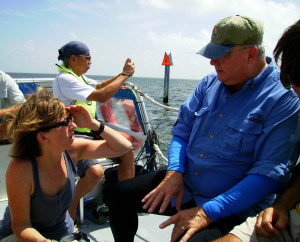
BISCAYNE NATIONAL PARK, Fla. — Scientists and journalists mingle on a boat trip to see corals in Biscayne Bay on July 6, 2008. (David M. Lawrence)
Nearly 20 years later, I attended another conference in Fort Lauderdale, the International Coral Reef Symposium. I attended as a journalist, looking for a paid writing assignment or two. None materialized.
But the trip was far from a waste. I took another field trip: one for the journalist corps covering the symposium to Biscayne National Park. It involved another boat trip, this time to allow us the opportunity to snorkel on the coral reefs in the bay.
The reef wasn’t in terribly good shape. Years of pollution, development and storm damage had taken their toll. But there was enough of a reef—some stony corals and plenty of Gorgonians—to have the kind of effect on me that the Everglades had in 1990 … and more.
Because, while I did not get any reporting assignments to cover the conference, I left with a fire inside to do what I could to inspire our society to do more to improve our relationship with the sea.
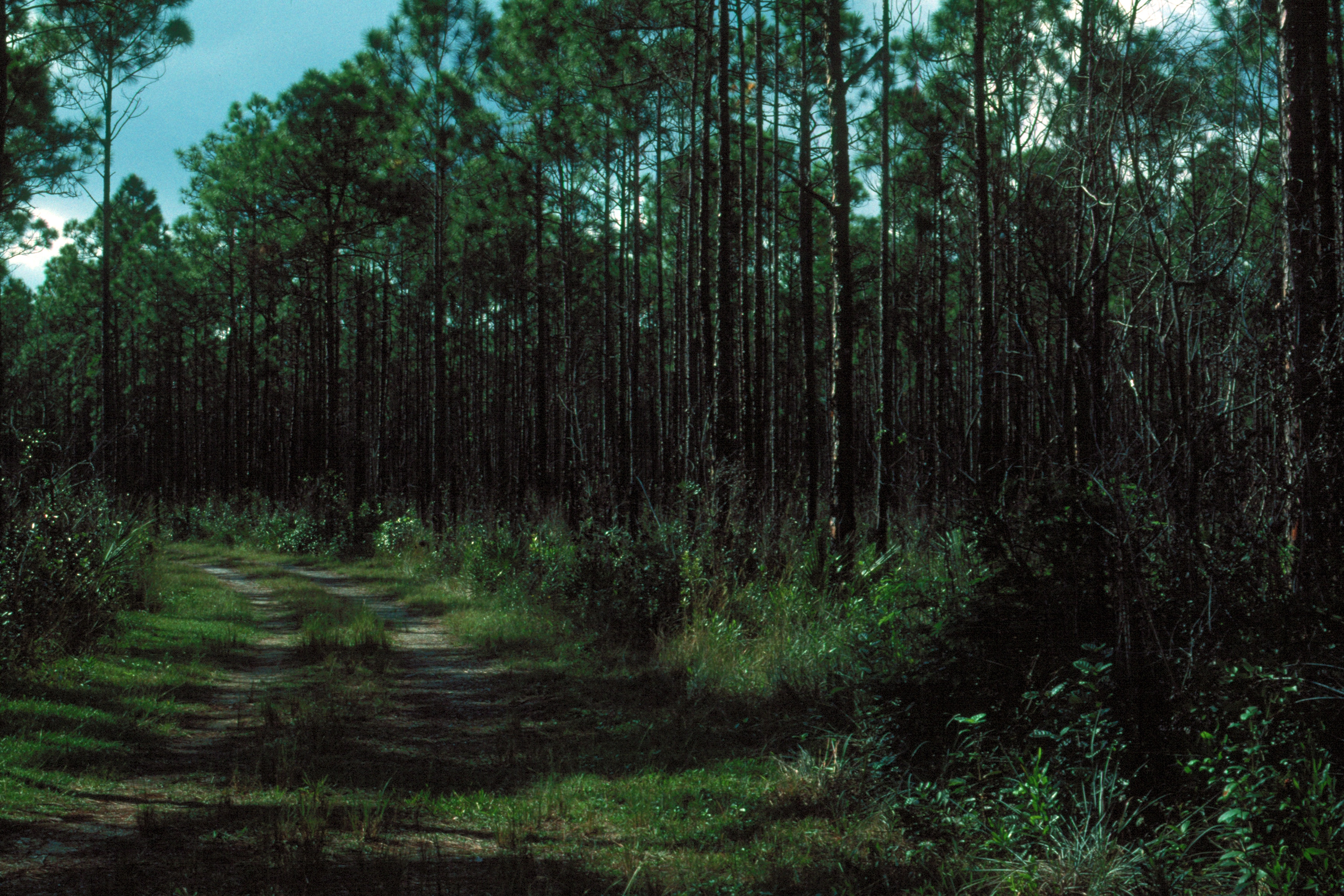

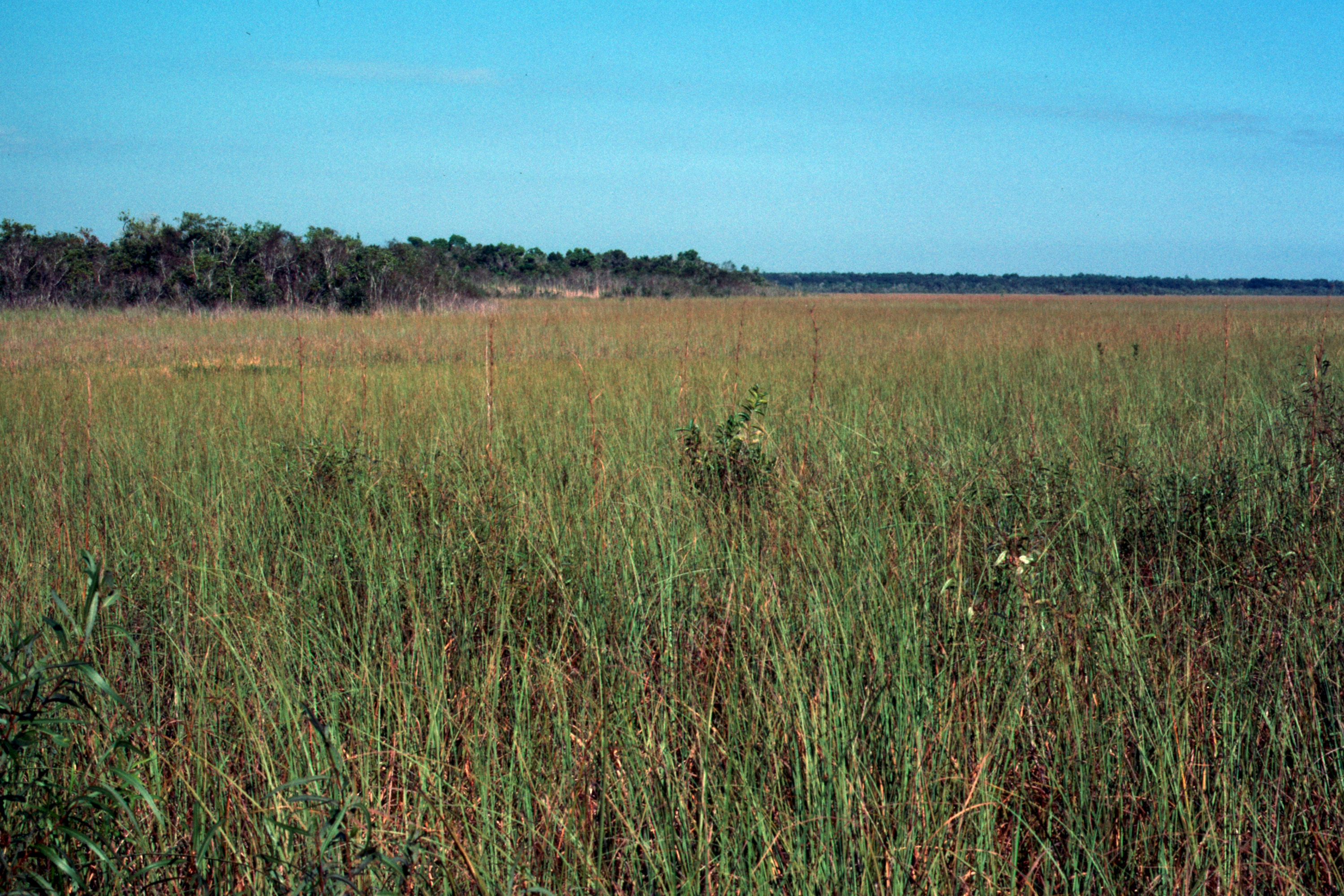
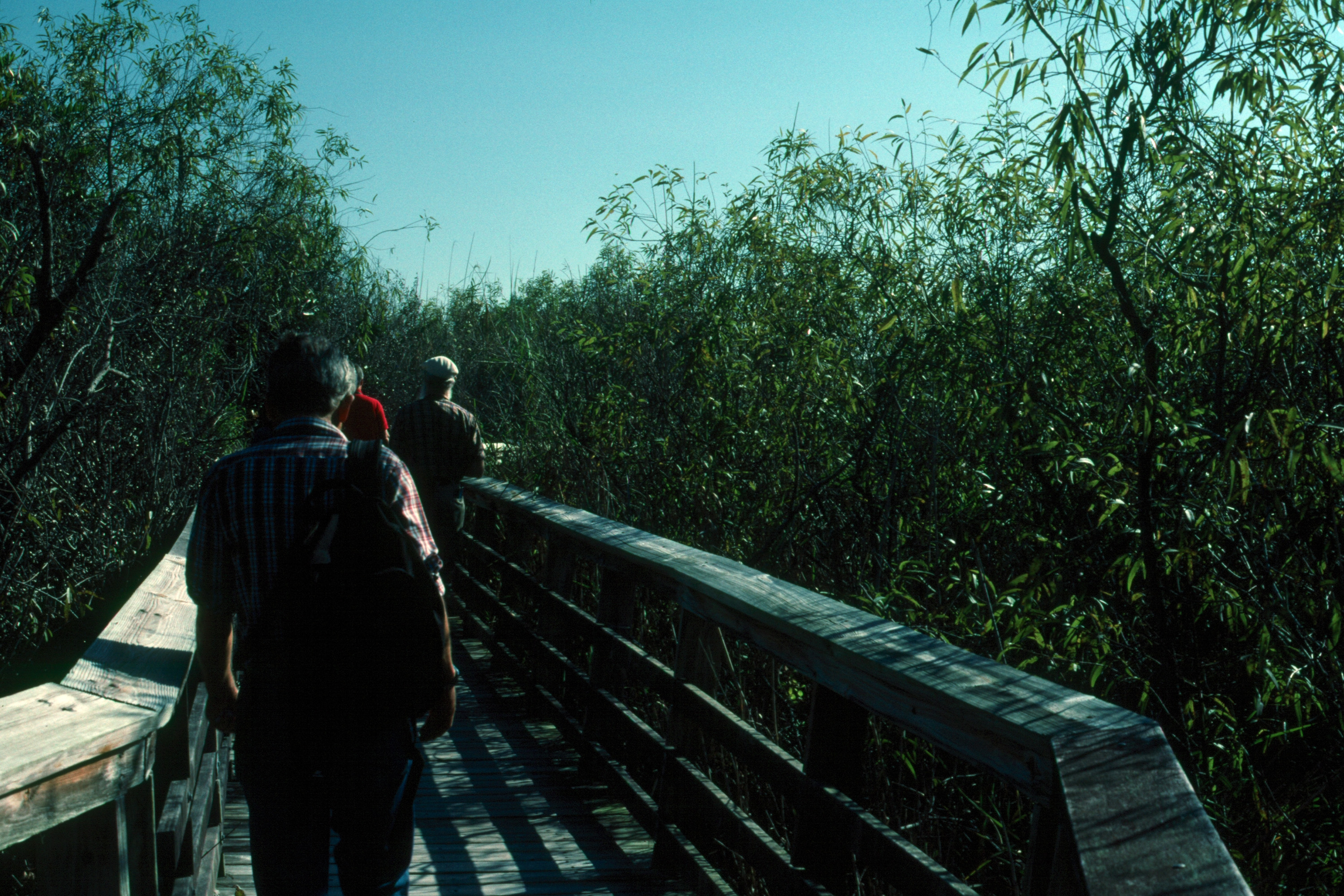
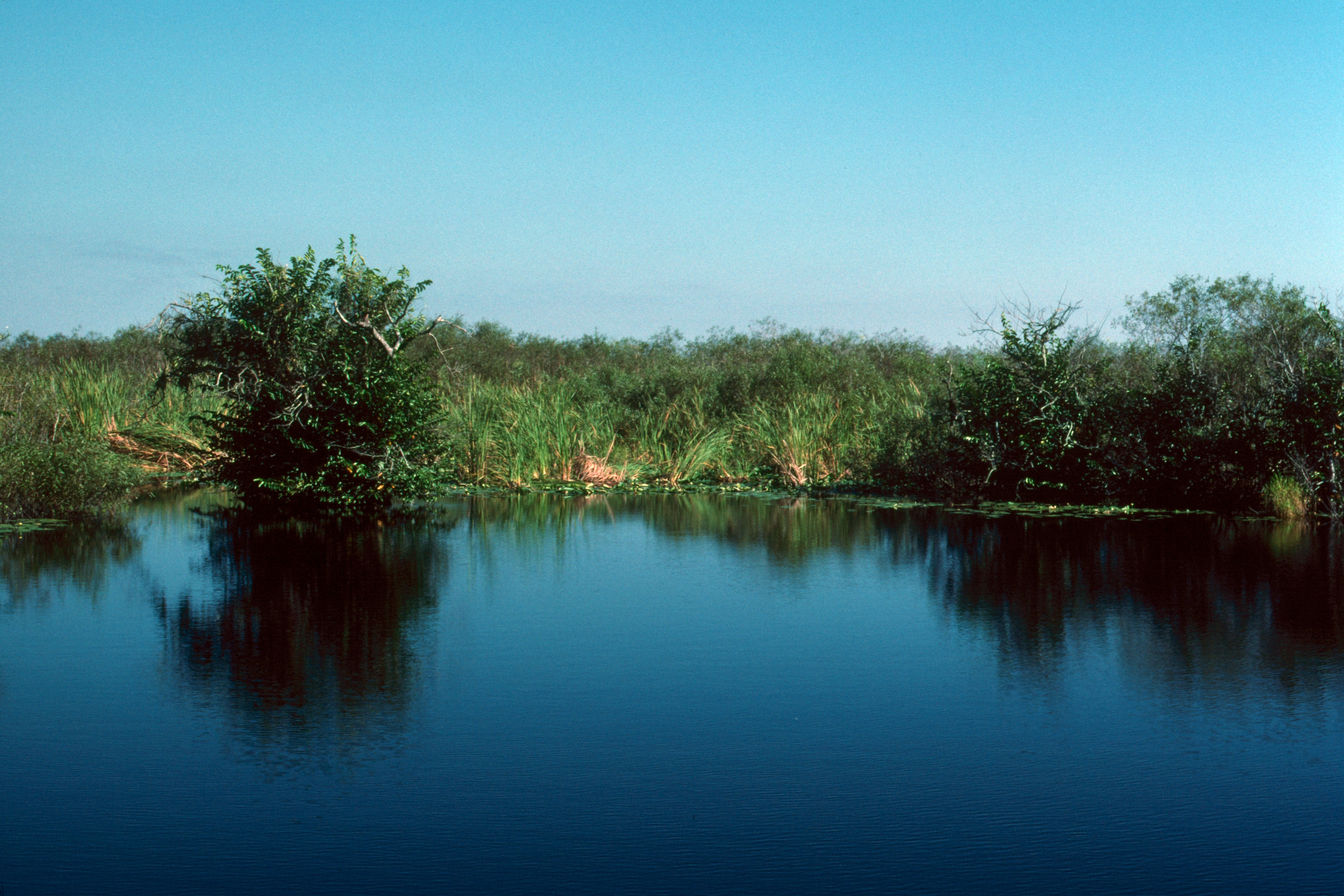

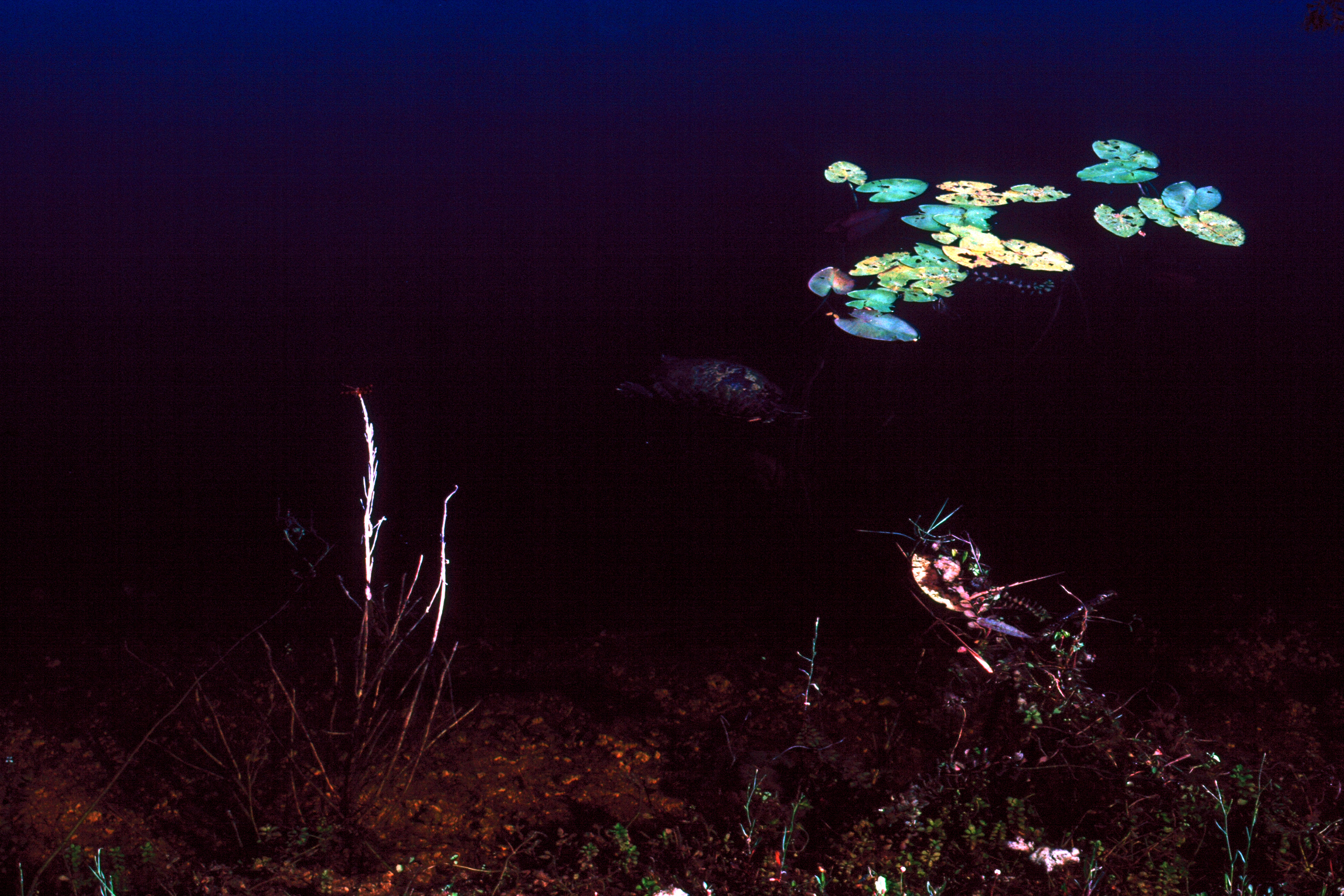
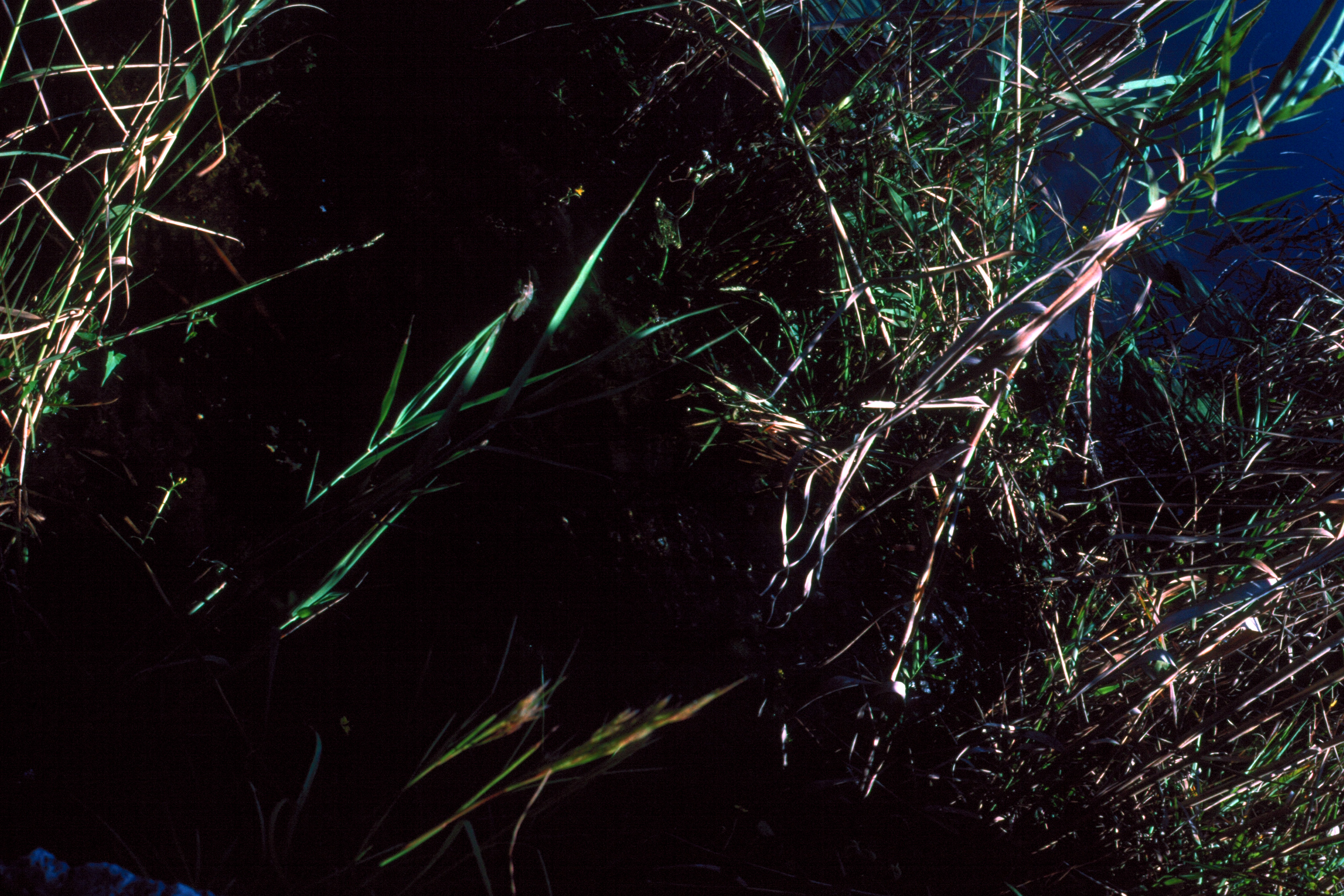
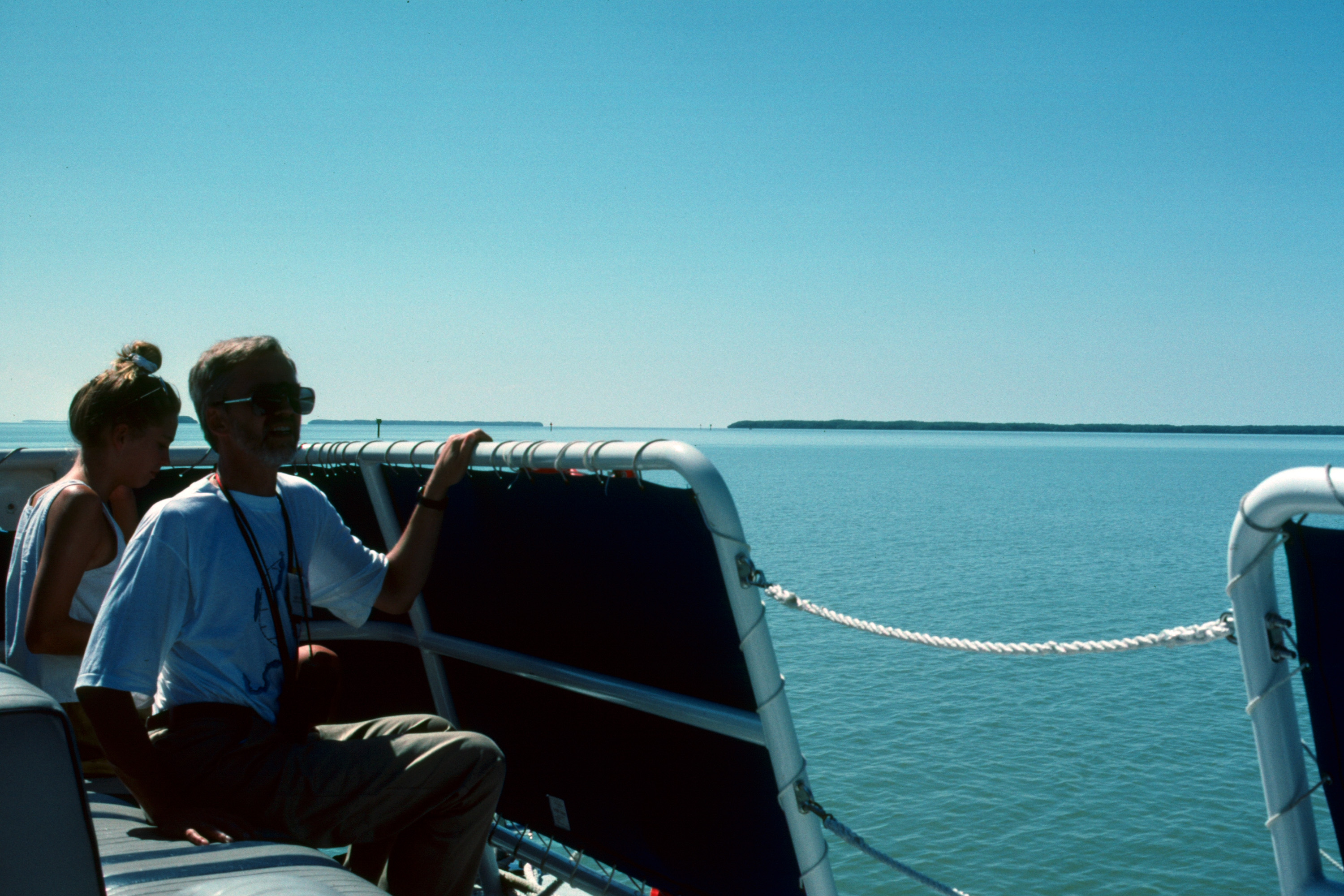

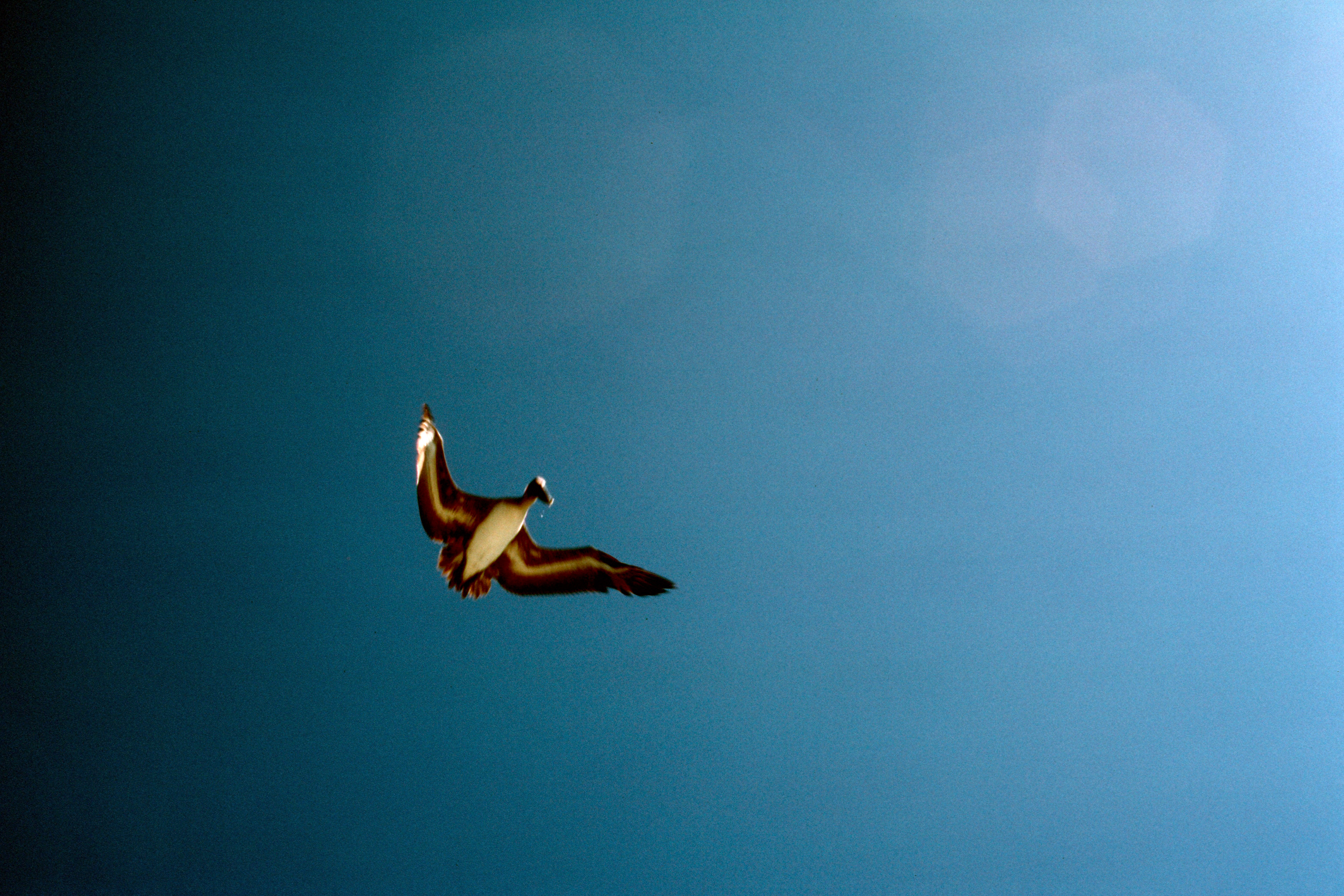
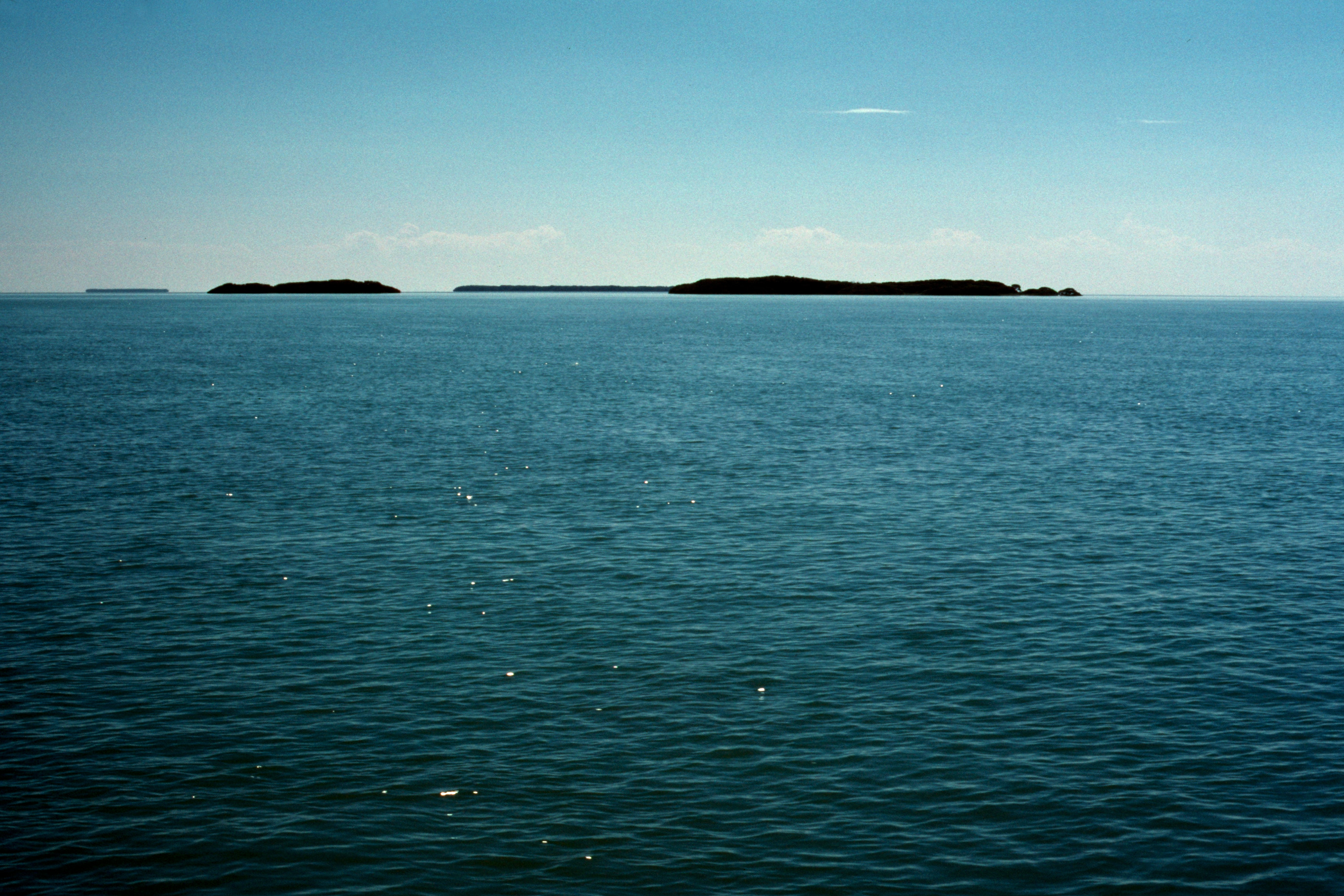
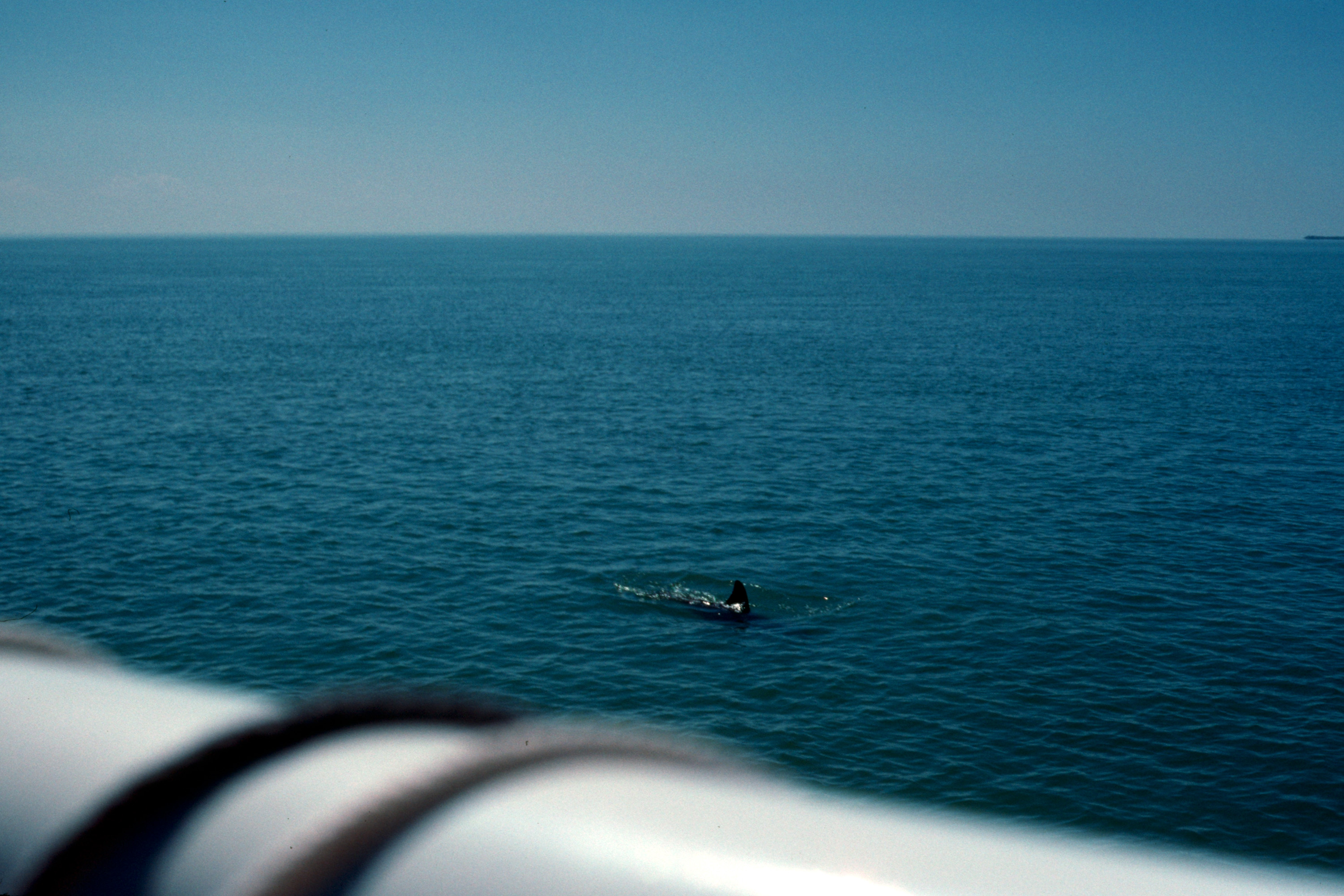


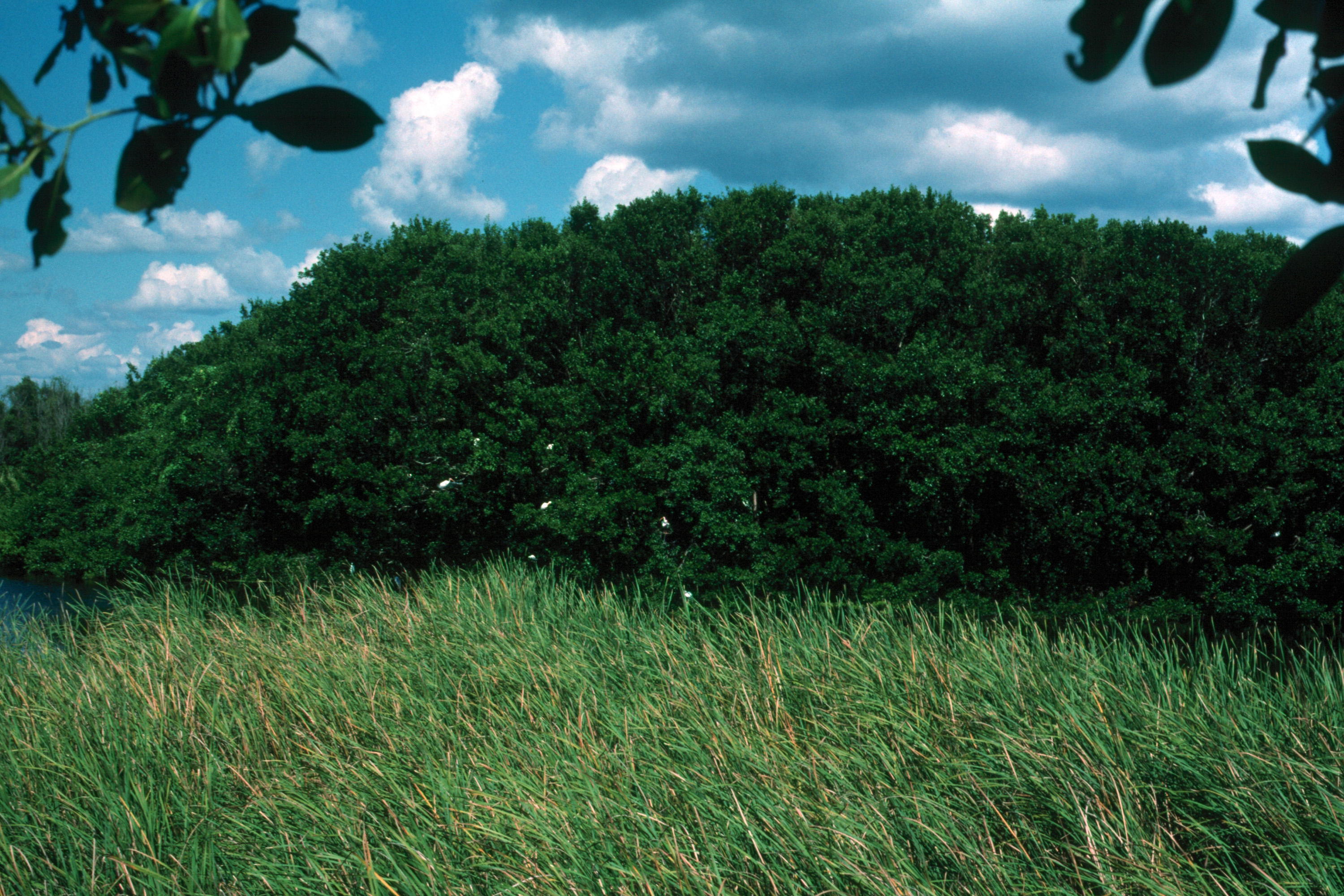

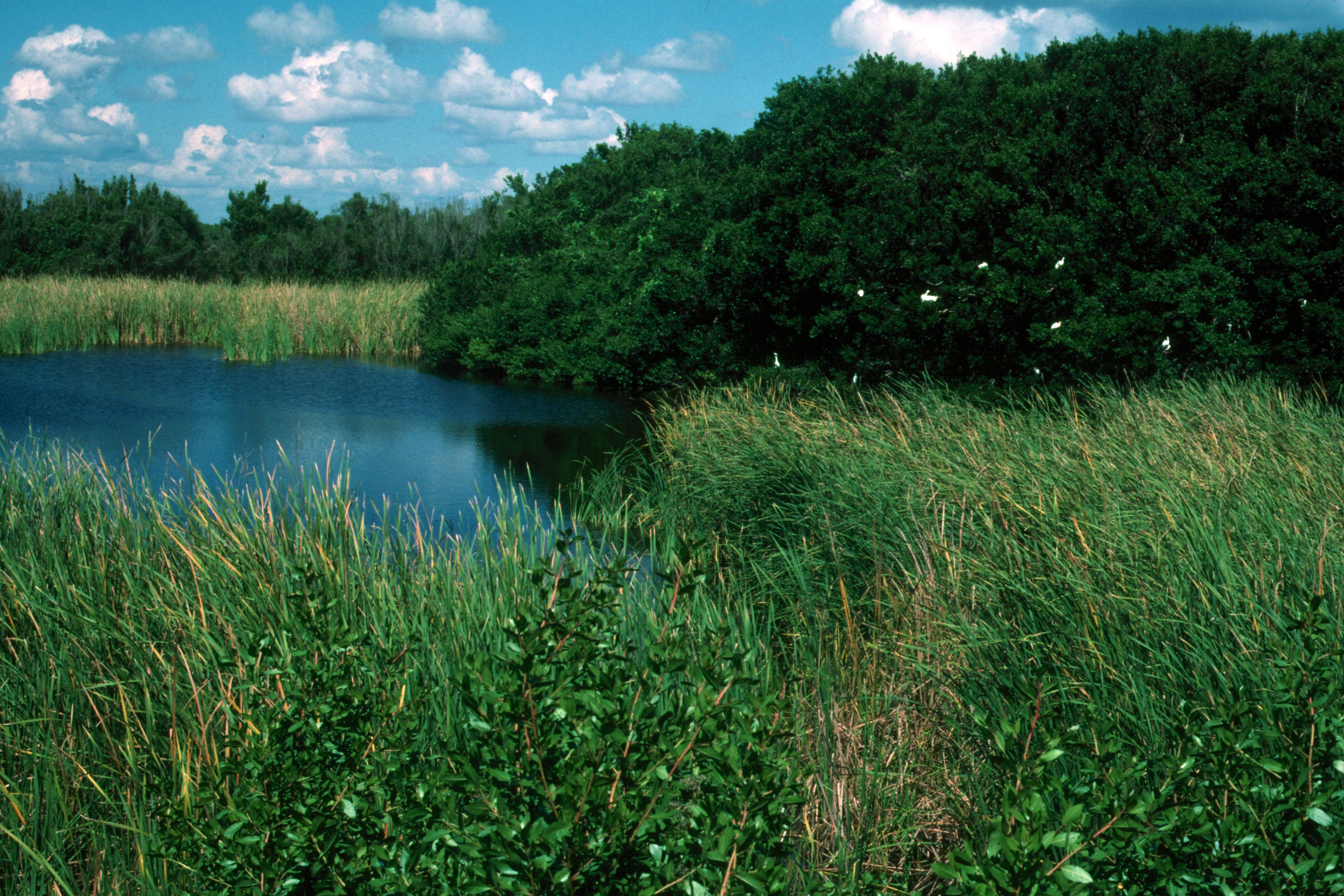

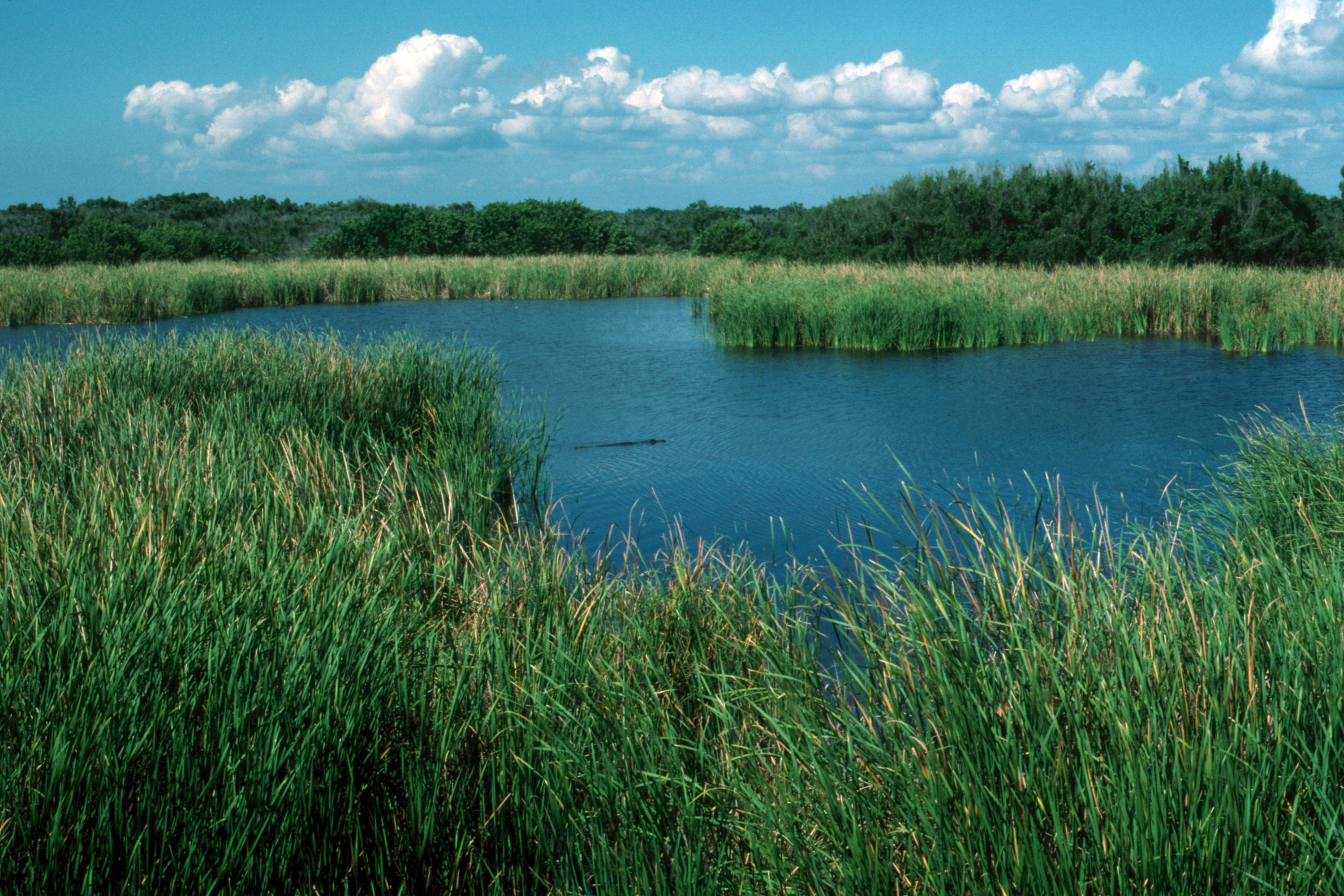
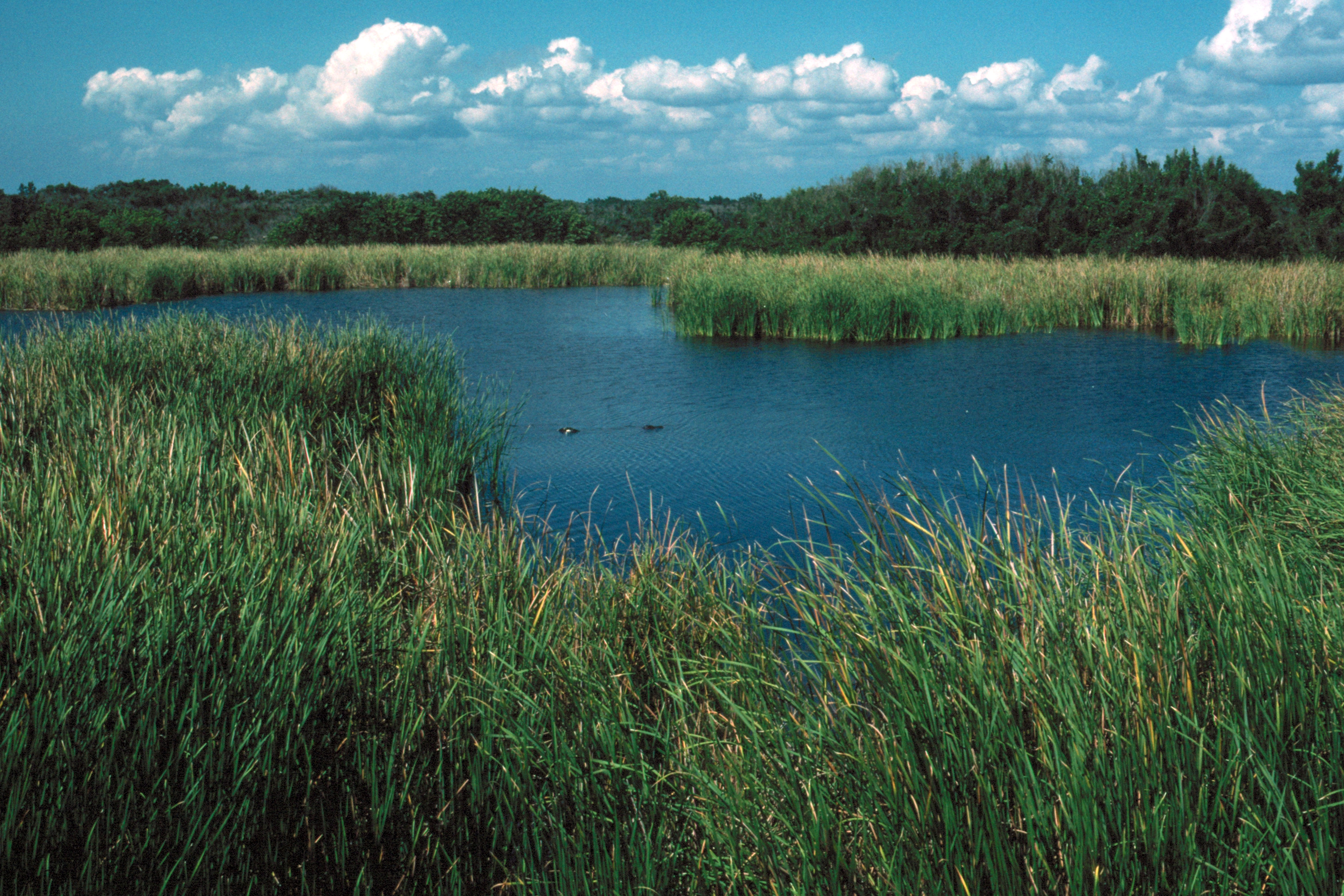
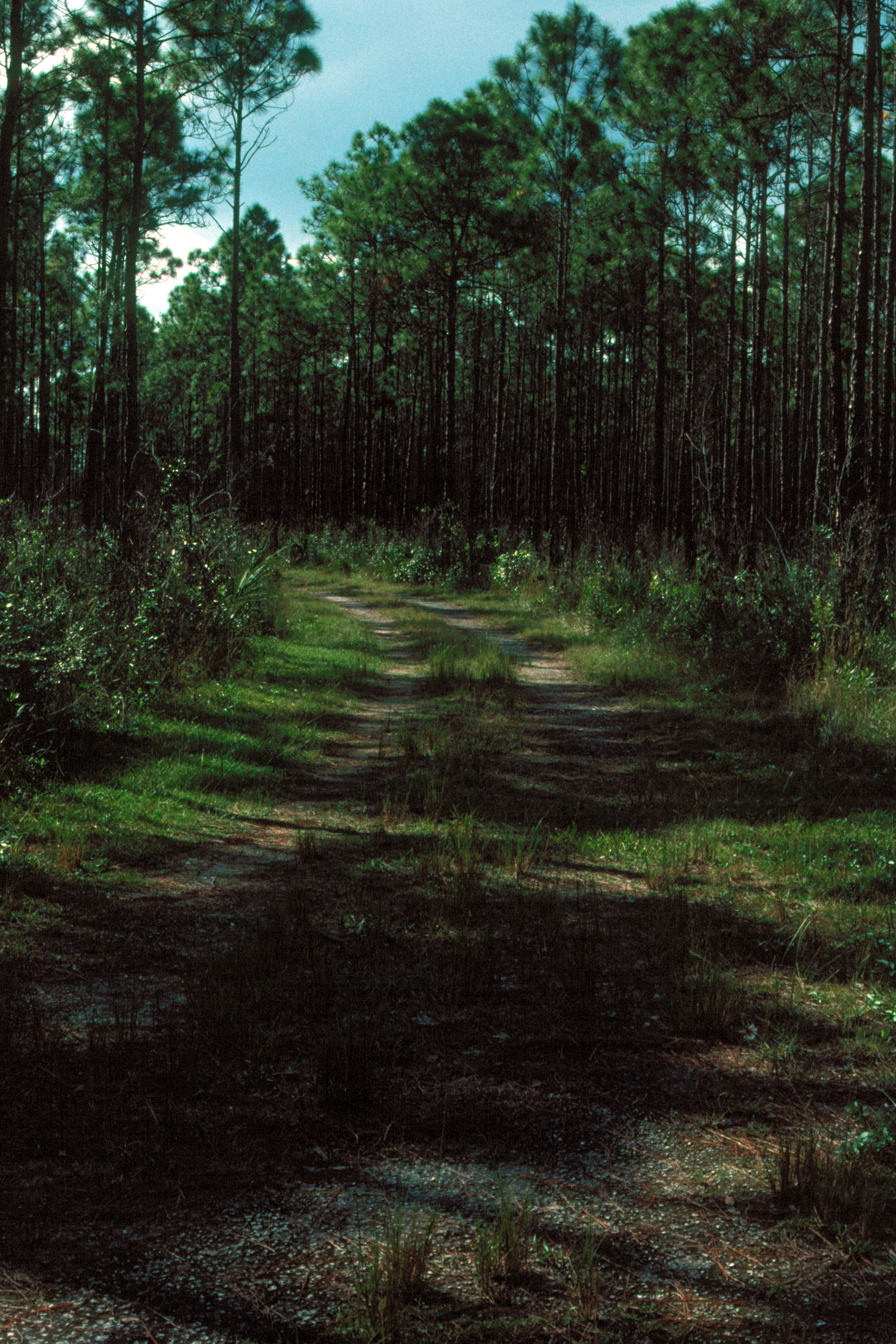






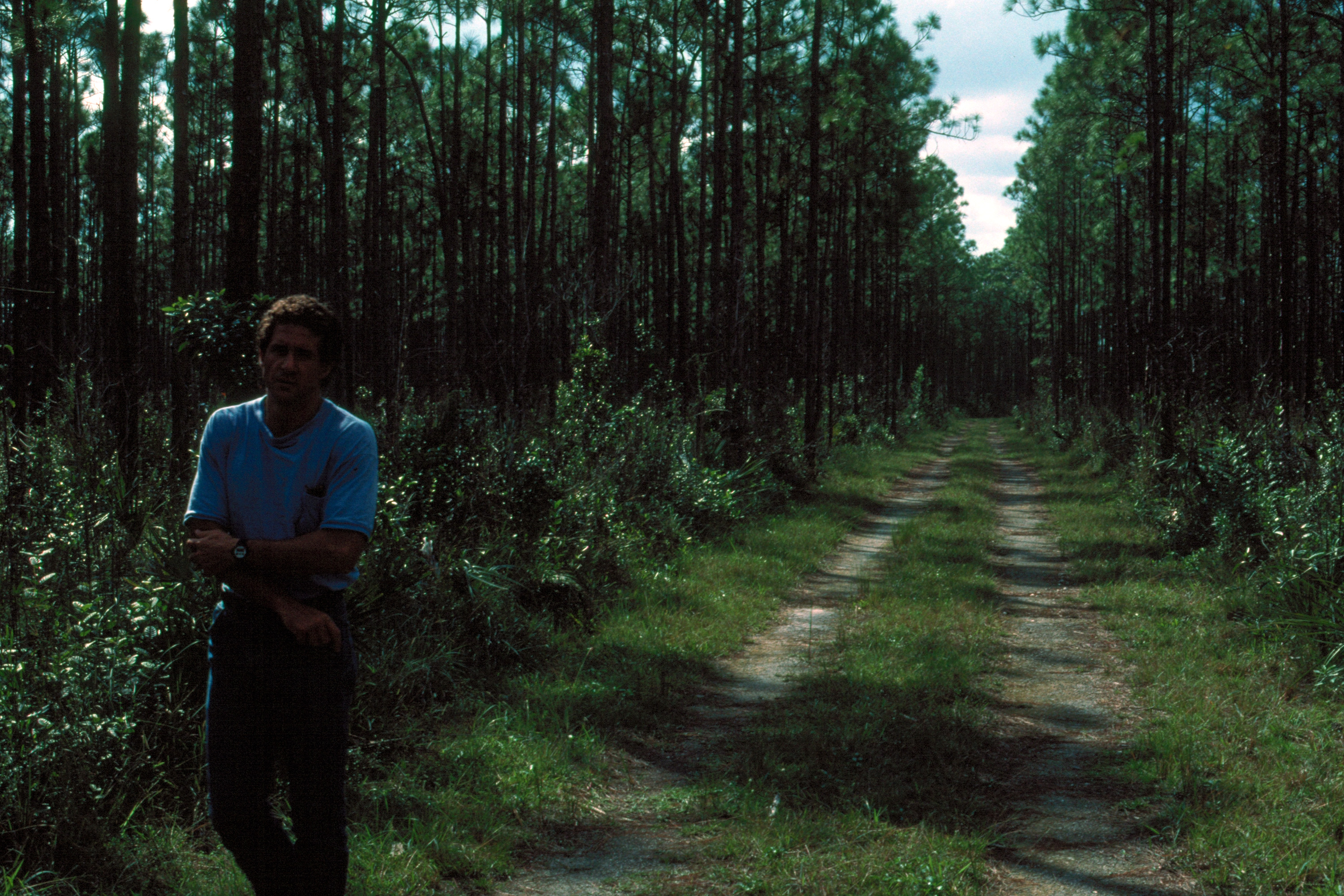
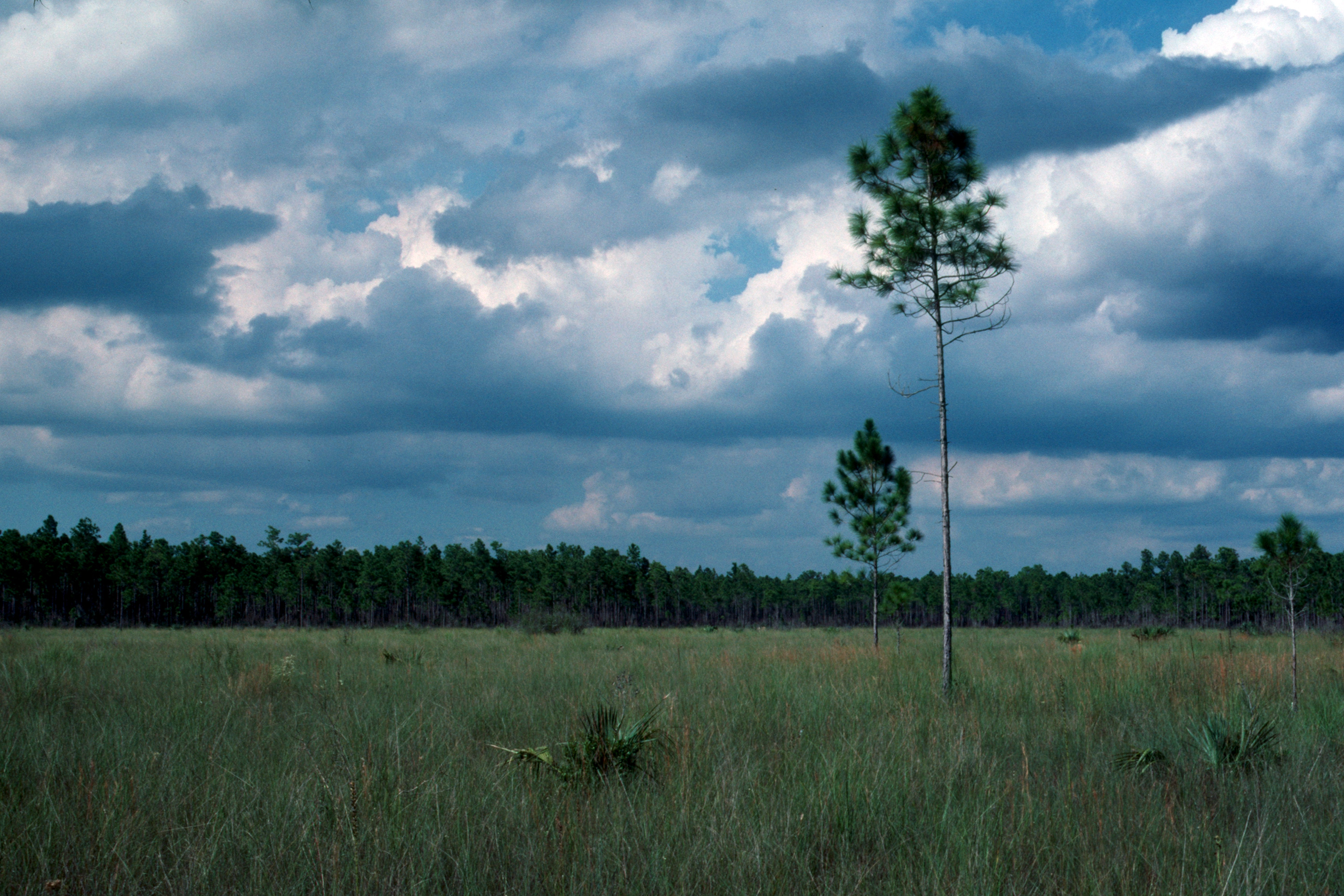

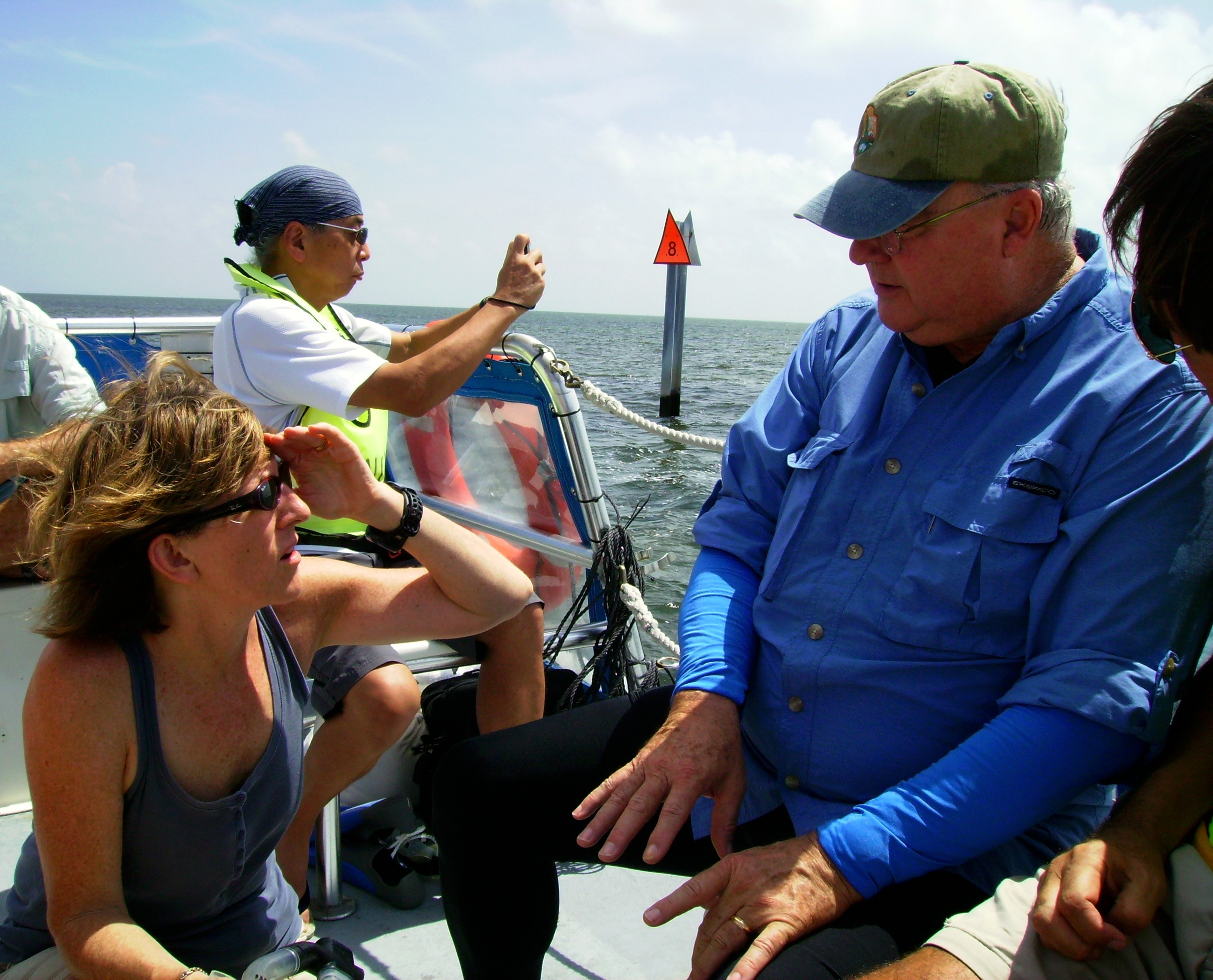

No Comments Yet